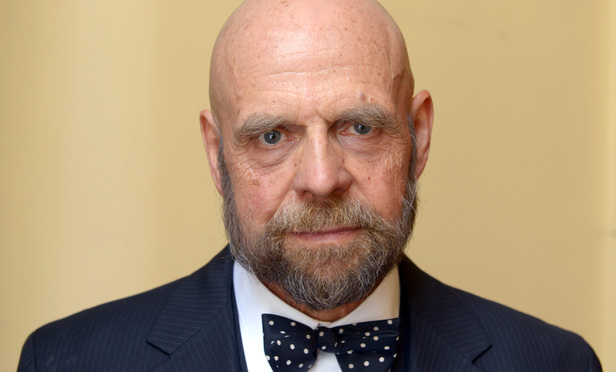The premise of the equitable distribution law is the proposition that marriage is, at least in part, an economic partnership, upon the dissolution of which the marital partners should equitably share in the fruits of their labors. This essential premise was postulated initially in the legislative and executive memoranda filed in support of the 1980 enactment of DRL §236(B). It has since been reiterated in virtually every Court of Appeals decision pertaining to property distribution over the past 36 years.
While the economic partnership theory is a legitimate legislative rationale for equitable distribution, does it necessarily follow that any given marriage that comes before the divorce court was, in fact, such a partnership? And if a particular marriage before the court bears none of the indicia of an economic partnership what are the implications for determination of equitable distribution in such case? These questions were very much in play in the 2015 case Alice M. v. Terrance T.,1 decided by Justice Jeffrey Sunshine, Supreme Court, Kings County, and are the subject matter of this article.
The Facts
This content has been archived. It is available through our partners, LexisNexis® and Bloomberg Law.
To view this content, please continue to their sites.
Not a Lexis Subscriber?
Subscribe Now
Not a Bloomberg Law Subscriber?
Subscribe Now
LexisNexis® and Bloomberg Law are third party online distributors of the broad collection of current and archived versions of ALM's legal news publications. LexisNexis® and Bloomberg Law customers are able to access and use ALM's content, including content from the National Law Journal, The American Lawyer, Legaltech News, The New York Law Journal, and Corporate Counsel, as well as other sources of legal information.
For questions call 1-877-256-2472 or contact us at customercare@alm.com



